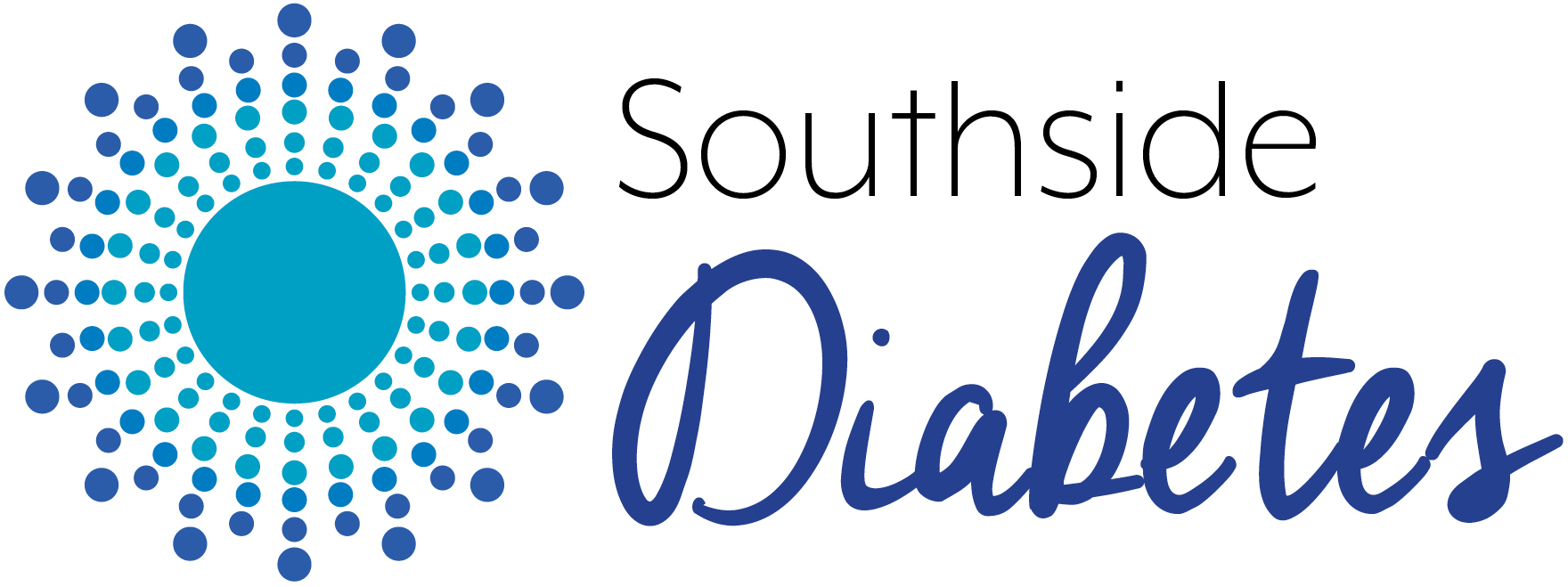What is Diabetes?
Diabetes is a serious condition where an individual’s blood sugar level is too high. It can happen when your body doesn’t produce enough insulin or the insulin it produces isn’t effective. Or, when your body can’t produce insulin at all.
Risk for Developing Diabetes
There are several historical risk factors that may help determine if an individual is ‘at-risk’ for diabetes. Some of these risk factors include:
- Older than 45 years of age
- Overweight
- Sedentary (or inactive) lifestyle
- Family has a history of diabetes
- History of gestational diabetes
- High blood pressure, heart disease, or stroke
- African American, Indigenous American, Asian, Hispanic/Latino, Hawaiian or Pacific Islander
Even though these risk factors can be hereditary, we’ve also identified the top 10 signs to look for to determine if you may be diabetic.
Signs and Symptoms of Diabetes
Increased Urination
To mitigate blood glucose levels, the body often tries to compensate by having the kidneys filter out excess sugar from the blood and then flush the glucose out through urination. This often increases the frequency of urination. This also may increase urinary tract infections (UTIs).
Always Thirsty
With increased urination, the body may become dehydrated leaving you feeling thirsty all the time.
Always Hungry
Being diabetic often means that the body doesn’t use the energy in foods properly. This happens because the body has difficulty absorbing essential nutrients. This is where the body tells the pancreas that it needs more insulin, which tells the brain you are hungry.
Significant Weight Loss
With the increase in urination and the lack of nutrients, often comes a significant and unhealthy loss of weight. This happens most with those whose diabetes is not under control.
Lack of Energy
Fatigue is a common symptom of diabetes resulting from high blood sugar levels. Patients with persistent fatigue may continue to feel exhausted and lethargic even after sufficient rest. Lifestyle changes can help patients manage diabetes fatigue.
Very Dry, Itchy Skin
With circulation impacted, along with increased blood sugar levels, skin may become flaky resulting in an increased risk of infection.
Dark Patches
Called ‘acanthosis nigricans’, these discolorations of the skin, feeling velvety or becoming thick, are often found in the neck, armpits, and groin.
Longer to Heal
Due to the body’s inability to process nutrients, its circulation being impaired, the healing process takes much longer. Even smaller nicks and cuts can take weeks or months to heal. The body’s inability to heal quickly results in an increased risk of skin infection
Blurry Vision / Loss of Sight
Damage to small blood vessels in the eyes is often due to the increase in blood sugar levels. For someone who is diabetic, this results in blurry vision. If the diabetes is brought under control an improvement in vision is possible with treatment. However, if left untreated, permanent blindness may occur.
Yeast Infections
The body has natural amounts of yeast that reside on the skin. However, the increased sugar that a diabetic has provides more food for the yeast to feast off on, resulting in yeast infections. These infections, referred to as ‘thrush’, often form in the genital area, the armpits, and mouth.

